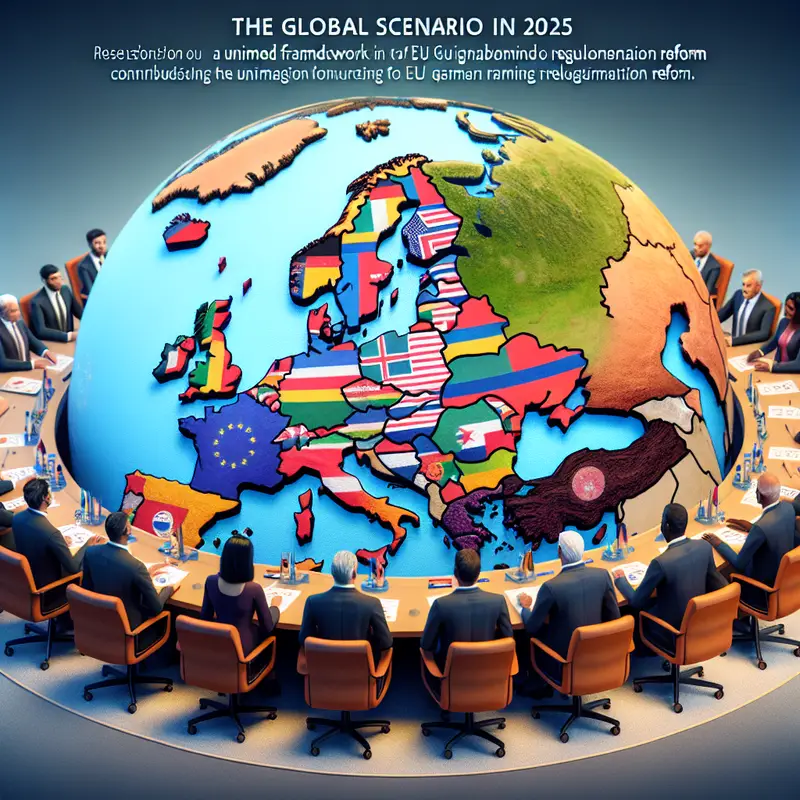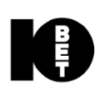EU Gambling Regulation Reform: A Unified Framework In Discussion – Global 2025
The European Union (EU) is on the cusp of a significant transition in gambling regulations, aiming to create a harmonized framework by 2025. This potential reform is poised to streamline the divergent regulatory landscapes across member states, enhancing the efficiency of cross-border gambling operations while ensuring player protection. As discussions advance, stakeholders in the gambling industry, including regulators, affiliates, and journalists, are keenly observing the developments.
Table of Contents
- Introduction to EU Gambling Regulation
- Current State of Gambling Regulations in the EU
- The Need for a Unified Framework
- Proposed Elements of the Unified Framework
- Potential Impacts on the Gambling Industry
- Challenges and Criticisms
- Looking Forward: What to Expect
- Related Articles
- FAQ
Introduction to EU Gambling Regulation
The landscape of gambling regulation within the European Union has long been characterized by a patchwork of national laws. This fragmentation poses challenges for operators and regulators alike, leading to inefficiencies and inconsistencies in player protection. The EU’s initiative to discuss a unified regulatory framework represents a significant step towards addressing these issues, aiming to harmonize rules and provide a more cohesive regulatory environment.
Current State of Gambling Regulations in the EU
Currently, each EU member state has the autonomy to regulate gambling activities within its borders. This has resulted in a diverse array of regulatory approaches, from countries with strict monopoly systems to those with liberalized markets. For example, the regulatory frameworks in Malta and the UK are often cited as models of liberalization, whereas countries like France and Germany maintain more restrictive regimes.
Such disparities create significant hurdles for operators seeking to provide services across multiple jurisdictions. They must navigate different licensing requirements, taxation systems, and compliance obligations, often leading to increased operational costs and legal complexities.
The Need for a Unified Framework
The push for a unified regulatory framework stems from the desire to streamline operations and enhance consumer protection across the EU. With the rise of online gambling, players can easily access services from providers based in other countries. This cross-border accessibility necessitates a more coordinated regulatory approach to ensure consistent standards of protection and fair play.
Moreover, a unified framework could help combat illegal gambling activities and improve the efficiency of taxation systems, ensuring that revenues generated from gambling are adequately captured and redistributed.

Proposed Elements of the Unified Framework
The proposed unified framework is expected to address several key areas:
- Licensing and Compliance: Standardizing the licensing process across member states to reduce administrative burdens and facilitate easier market entry for operators.
- Player Protection: Implementing consistent measures to safeguard players, including self-exclusion programs and responsible gambling initiatives.
- Taxation: Establishing a harmonized tax regime to prevent discrepancies and ensure fair competition among operators.
- Advertising and Marketing: Creating uniform guidelines to regulate gambling advertisements, protecting vulnerable populations from aggressive marketing tactics.
Potential Impacts on the Gambling Industry
A unified regulatory framework could bring numerous benefits to the gambling industry:
- Operational Efficiency: By streamlining regulations, operators can reduce compliance costs and focus resources on innovation and customer service.
- Market Expansion: Easier access to multiple markets could encourage growth and competition, benefiting both operators and consumers.
- Enhanced Trust: Consistent regulatory standards could enhance consumer trust in the industry, leading to increased participation and revenue.
However, the transition to a unified framework will require careful consideration of existing national regulations and the interests of various stakeholders.
Challenges and Criticisms
The proposal for a unified regulatory framework is not without its challenges and criticisms. Some member states are concerned about losing regulatory autonomy and the ability to tailor regulations to their specific cultural and economic contexts. Additionally, the process of harmonization could be complex, requiring significant negotiation and compromise.
Critics also argue that a one-size-fits-all approach may not adequately address the unique characteristics of each national market, potentially leading to unintended consequences.
For further insights on the economic implications of such regulatory changes, you can explore detailed analyses on Business Insider.
Looking Forward: What to Expect
As discussions continue, it is crucial for stakeholders to stay informed and actively engage in the reform process. The European Commission is expected to facilitate dialogue among member states, industry representatives, and consumer protection groups to ensure that the final framework balances the interests of all parties involved.
Operators, in particular, should prepare for potential changes by reviewing their current compliance strategies and exploring opportunities for collaboration with other industry players.
Related Articles
- Exploring Gambling Licenses in the EU
- Latest News in the Gambling Industry
- Online Casinos: A Comprehensive Guide
FAQ
What is the current state of gambling regulation in the EU?
The EU currently has a fragmented regulatory landscape, with each member state having its own set of laws and regulations governing gambling activities.
Why is a unified framework necessary?
A unified framework aims to streamline regulations, enhance player protection, and facilitate cross-border operations, ultimately benefiting both operators and consumers.
What are the potential challenges of implementing a unified framework?
Challenges include balancing national autonomy with harmonization, addressing unique market characteristics, and ensuring effective collaboration among stakeholders.








